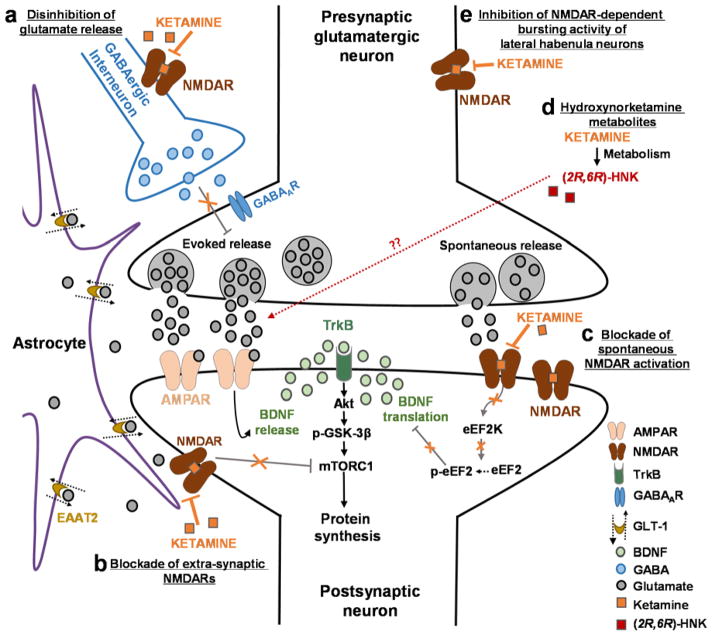Figure 1. Proposed mechanisms of ketamine action as an antidepressant.
(A) Disinhibition hypothesis: Based on the disinhibition hypothesis, ketamine is proposed to selectively block N-methyl-D-aspartate receptors (NMDARs) expressed on GABAergic inhibitory interneurons, which leads to a disinhibition of pyramidal neurons and enhanced glutamatergic firing. Evoked released glutamate binds to and activates post-synaptic α-amino-3-hydroxy-5-methyl-4-isoxazolepropionic acid receptors (AMPARs) resulting in enhanced brain-derived neurotrophic factor (BDNF) release, activation of the tropomyosin receptor kinase B (TrkB) receptor and subsequently promotion of protein synthesis via the activation of the mechanistic target of rapamycin complex 1 (mTORC1). (B) Inhibition of extra-synaptic NMDARs: Ketamine is proposed to selectively block extra-synaptic GluN2B-containing NMDARs, which are tonically activated by low levels of ambient glutamate regulated by the glutamate transporter 1 located on astrocytes. Inhibition of the extra-synaptic GluN2B-NMDARs is hypothesized to de-suppress mTORC1 function, which in turn will induce protein synthesis. (C) Blockade of spontaneous NMDAR activation: This hypothesis proposes that ketamine blocks NMDAR-mediated spontaneous neurotransmission, which results in the inhibition of the eukaryotic elongation factor 2 kinase (eEF2K) activity, thus preventing phosphorylation of its eEF2 substrate. This effect subsequently leads to an enhancement of BDNF translation. (D) Ketamine hydroxynorketamine (HNK) metabolites: This hypothesis posits that ketamine exerts NMDAR inhibition-independent antidepressant actions via the action of its metabolites, (2R,6R)-HNK and (2S,6S)-HNK. Ketamine is metabolized to HNKs following administration, and these HNK metabolites act to promote AMPAR-mediated synaptic potentiation. These mechanisms of ketamine action are not mutually exclusive and may act complementary in exerting the antidepressant actions of the drug as all hypotheses propose acute changes in synaptic plasticity, leading to sustained strengthening of excitatory synapses, being necessary for antidepressant responses.
Abbreviations: EAAT2, excitatory amino acid transporter 2; GABA, gamma aminobutyric acid; GSK, glycogen synthase kinase

